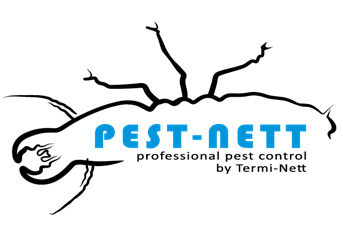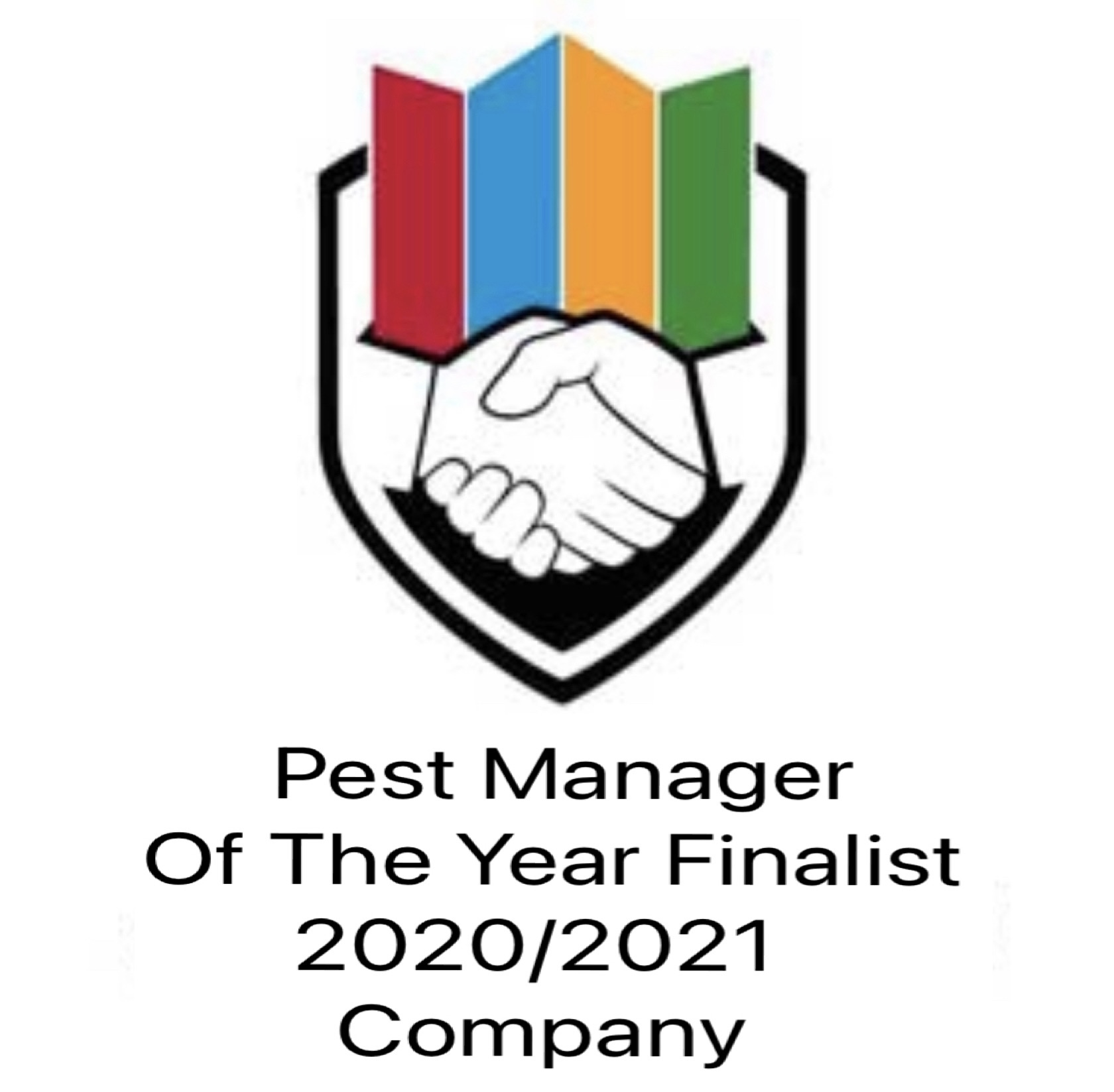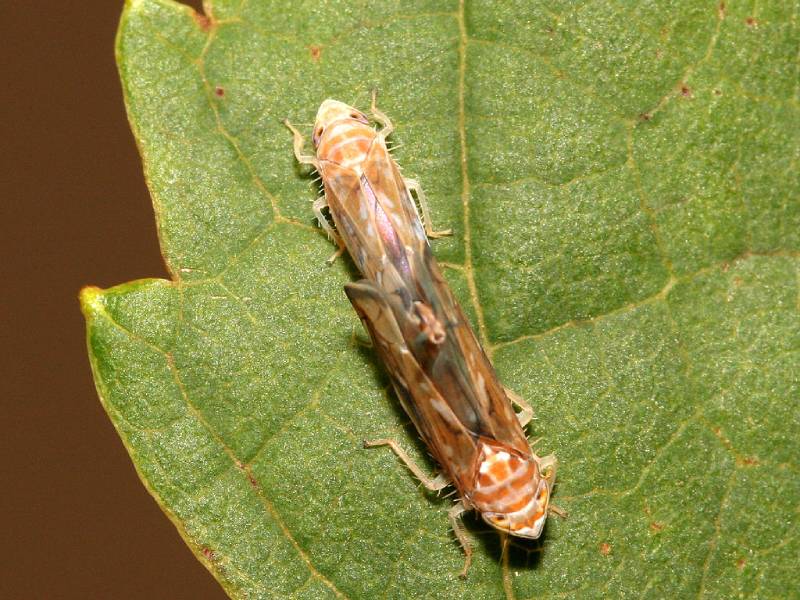MEMBRACOIDEA (CICADELLOIDEA) – Leafhoppers
Family Cicadllidae
They are small, plants feeding insects ranging in colour from green, through yellow-green to brown. They can be found on tree trunks, stems and leaves. They feed by sucking the sap of plants. All of them jump, so their name hoppers. Some of their adults are active flyers. They have also been known to bite humans in the search of food.
The most destructive leafhoppers are those whose feeding causes ‘burning’ (‘hopperburn’) of foliage (Backus et al., 2005). Among the leafhoppers, most destructive to potato are Amrasca biguttala biguttala Ishida and Amrasca devastans Ghauri in India, Pakistan and China, Austroasca virigrisea (Paoli) in Australia, Empoasca decipiens (Paoli) in Europe, Central Asia and North Africa and potato leafhopper in North America. Most other leafhopper species cause only mild stippling in potato.
Leafhoppers employ a ‘lacerate-and-flush-feeding’ strategy. Feeding leafhoppers move their stylets continuously or intermittently, secreting watery saliva, rupturing plant cells and then ingesting the resulting slurry. Burners tend to make repeated, contiguous, short-duration probes in the vascular bundle, whereas stipplers tend to make fewer probes of longer duration and mostly in mesophyll-parenchyma cells
Plant to Plant Movement
Unlike aphids, leafhoppers have a simple life cycle in which the egg hatches to a nymph, which feeds by sucking plant sap and passes through a number of moults before becoming an adult. There may be one or several generations per year. Different species overwinter as the egg, as the adult, or as immature forms.
Only a few comments can be made here on structures important for vector leafhopper relationships with viruses. In diagrammatic sagittal section, the arrangement of major organs in the head and thorax. The salivary glands, which are important in virus transmission, consist of a principal four-lobed gland and an accessory gland. It contains five different types of acini.\
To arrange a free quote, contact your qualified team today.
(source Science Direct)


